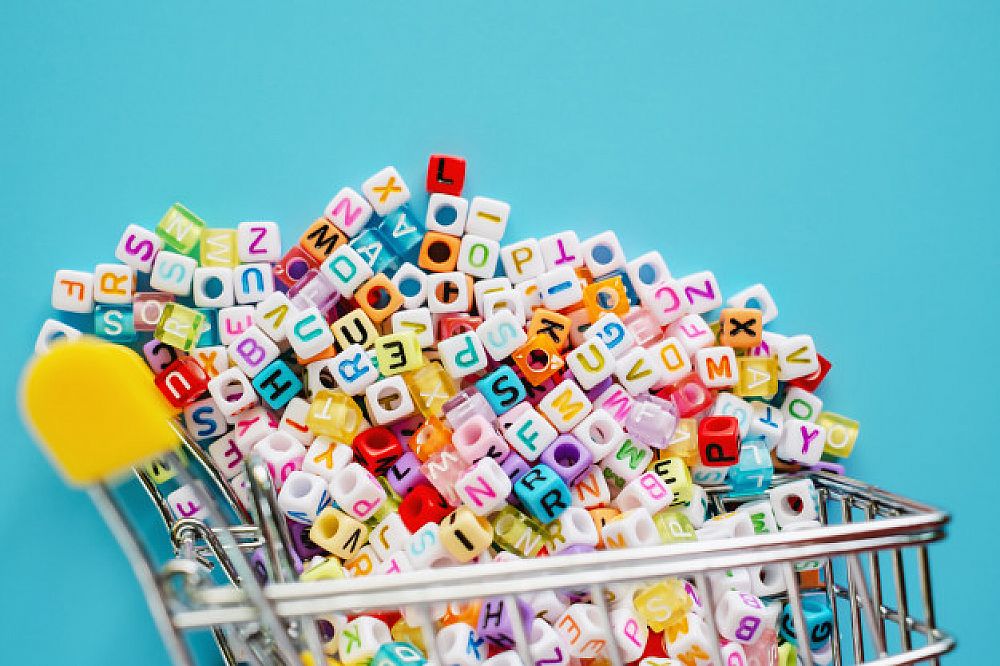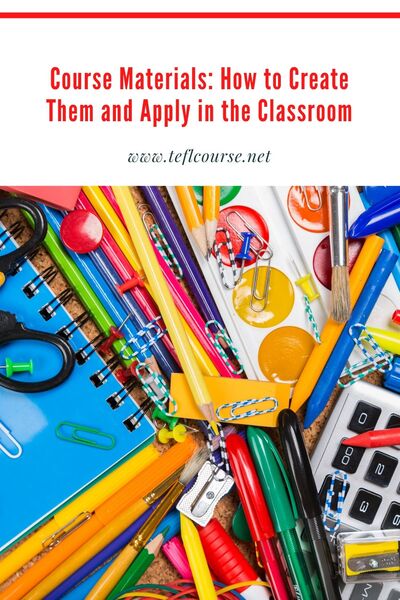Course Materials: How to Create Them and Apply in the Classroom

When thinking of course materials, one summons the image of textbooks and related worksheets. These are just a small part of what can be considered as course materials. With this in mind, course materials are anything the teacher brings with to the classroom to aid teaching. This essay will cover the two different groups of course material: authentic and non-authentic, created materials, and the combinations of materials as important aspects of the classroom to provide a rounded lesson for learners.
Table of Contents
The two material kinds are authentic and non-authentic.
Non-authentic materials include the set of materials that the teacher uses.
Combining two types of materials
Do you want to teach English abroad? Take a TEFL course!
This post was written by our TEFL certification graduate Jade B. Please note that this blog post might not necessarily represent the beliefs or opinions of ITTT.
The two material kinds are authentic and non-authentic.
Authentic material can be just about anything that native speakers hear and read. Non-authentic materials are designed for educational purposes. Both of these include worksheets, activity sheets, visual aids, audio, company documents, and a range of other materials.
The difference between the two is that authentic materials are produced for a purpose other than a classroom while the non-authentic materials are produced by an educational company or individual teacher for the specific purpose of a teaching aid. Authentic is not graded for EFL while created material can be graded to the level of students. Non-authentic materials are important to have for a proper learning course. Non-authentic materials can also be used throughout the course on sections of the course that must be reworked for the students. Following this idea, teachers often have to create their materials to supplement or replace sections of the book that are not suitable for the students and can be more invigorating. Students gain confidence when they understand the material geared toward their interests.

Also Read: How long does it take to get a TEFL job?
Non-authentic materials include the set of materials that the teacher uses.
With most classrooms, the course books include the students’ book for classroom use, workbook, audio, teacher’s book, in some cases video and other published materials. Course books are expected by students, easier and less time consuming to supplement, provide a syllabus/ security to students and teachers, are tried and tested before publication, continually practice language items previously introduced and the teacher’s book offers many good ideas for inexperienced teachers.
Designing non-authentic material takes time and the teacher needs a clear idea of what language students are trying to test or use, how they are going to be used, how to show how to use them and what level they are being used? There are some situations where there are no books available so having some materials is a good idea. In these situations some of the common materials created by the teacher are: crosswords, word searches, role-play cards, flashcards, picture stories, and gap-fill activities.
Also Read: Teaching English in France - The Salary and Budget Guide
Combining two types of materials
Using a combination of authentic, non-authentic, and created materials throughout the lessons and overall the course can provide many opportunities for students to learn and improve their understanding and mastery of the English language. Having the course materials provides a base starting point for teachers, using activities and other sources for materials can gear the lessons more towards the students’ interests and light the spark to their motivation and participation. More varied materials keep the course from becoming stagnant and give more openings for students to contribute during the lessons and retain the information.
Do you want to teach English abroad? Take a TEFL course!
Materials can be anything and everything that the teacher brings into the classroom; they can be broken into two kinds: authentic and non-authentic. A teacher uses the different purposes of both kinds of material to expose students to the English language through the use of teaching aids. Adding authentic materials into the lessons already using non-authentic material can provide a greater understanding of the language and students can see how the language is used naturally. There are times where a teacher must create their materials to be used for activities. A teacher needs to use combinations of the material kinds in the classroom to provide rounded lessons for learners throughout the course.
Apply now & get certified to teach english abroad!
Speak with an ITTT advisor today to put together your personal plan for teaching English abroad.
Send us an email or call us toll-free at 1-800-490-0531 to speak with an ITTT advisor today.
Related Articles:
- Why Taking a TEFL Course Is Highly Beneficial
- 4 Super Easy Tips for Teaching Vocabulary to Young Learners
- 6 Steps To Becoming a More Confident Teacher
- The Lowdown on Teaching English Abroad With a Family
- All the Documents You Will Need to Teach English Abroad
- The How-To Guide for Americans to Teach English in Europe




